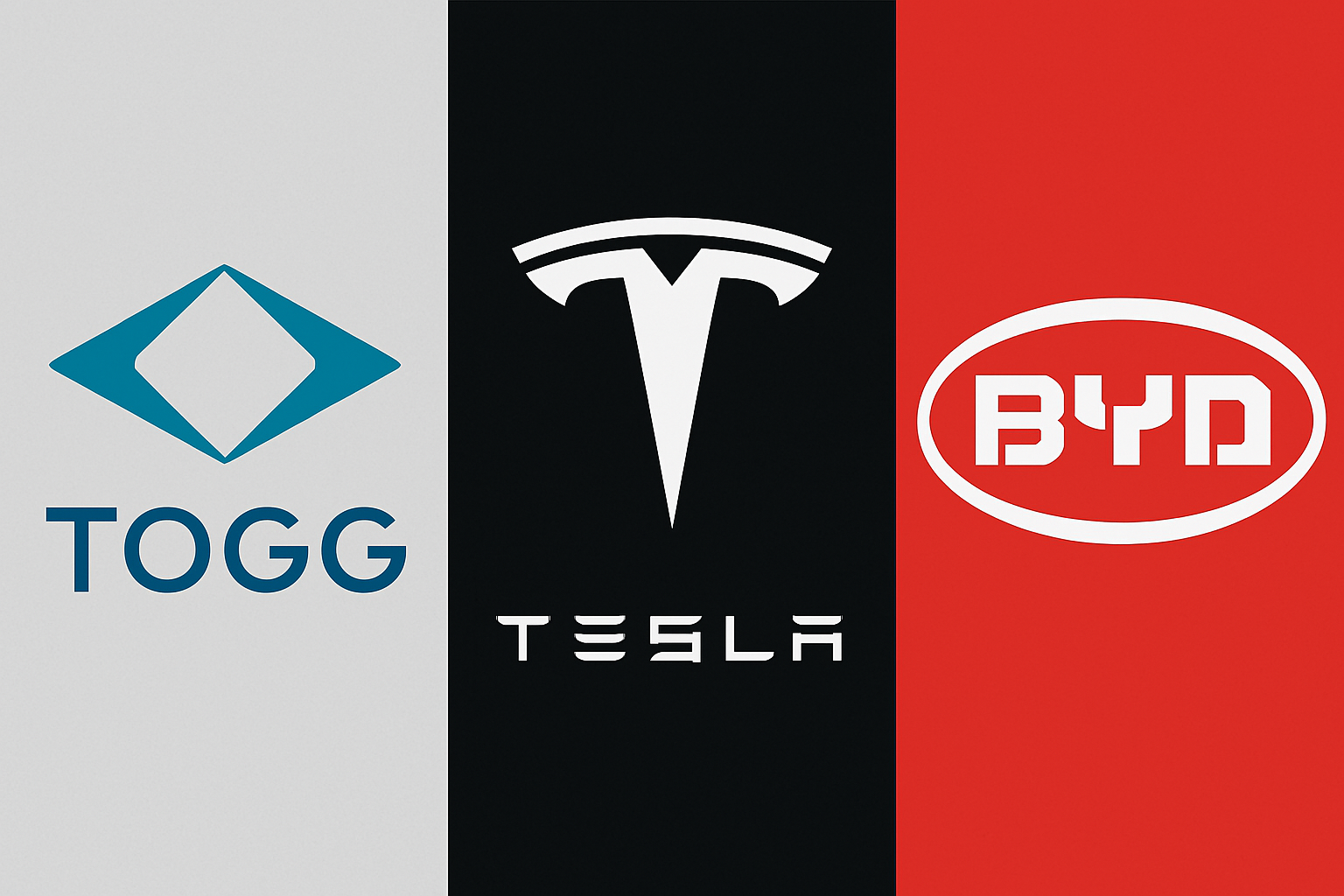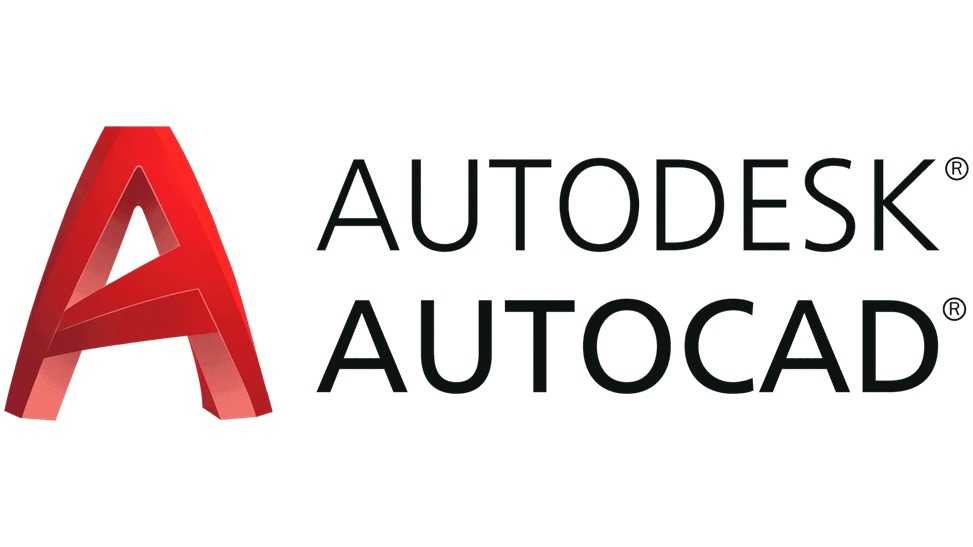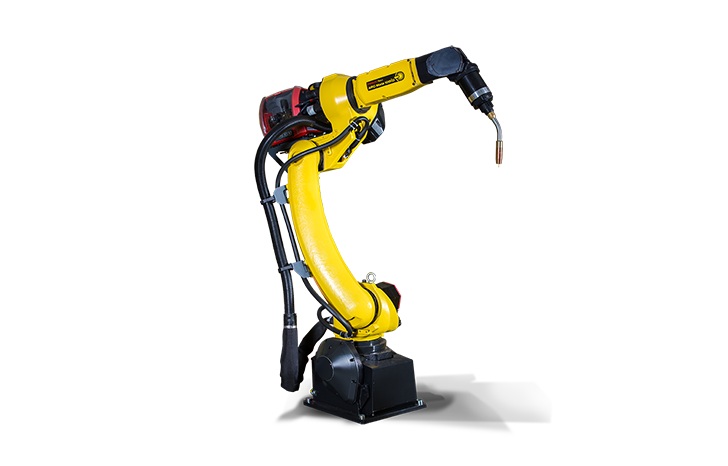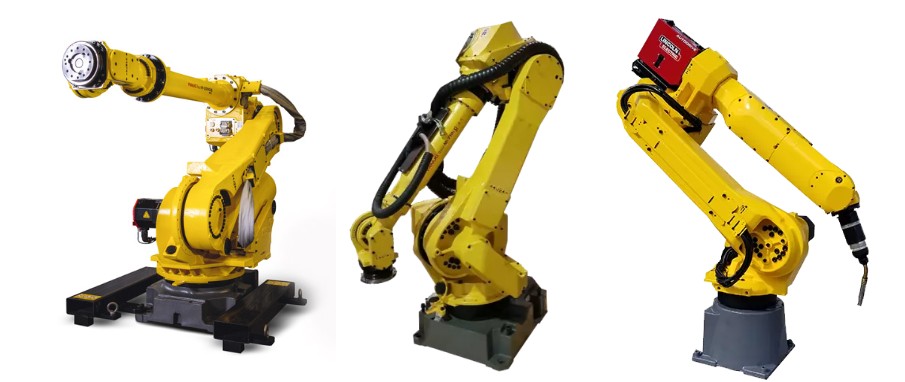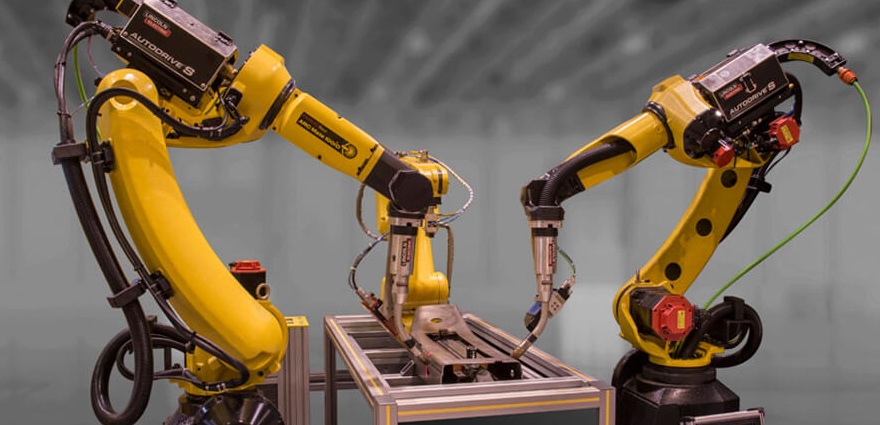
In this article, we will explore the basics of using 6-axis industrial robots in welding applications, particularly in gas metal arc welding (GMAW) and resistance spot welding (RSW).
6-axis industrial robots were first introduced in 1975 for gas metal arc welding, and by 1979, they were also being utilized for resistance spot welding. Since then, robotic welding automation has rapidly advanced, with hundreds of thousands of robots deployed worldwide, primarily for GMAW and RSW processes, alongside appropriate auxiliary equipment.
ROBOTIC GAS METAL ARC WELDING (GMAW/MIG/MAG)
Gas metal arc welding (MIG/MAG) is particularly well-suited for mechanization and automation. As robotic technology evolved, it became clear that robots could perform this process more efficiently, leading to the development of specialized equipment for automated welding.
Key Benefits of Robotic GMAW:
- Enhanced Product Quality: Consistent torch motion ensures higher weld quality with less variability, directly enhancing the final product’s integrity.
- Reduced Manufacturing Costs: Robotic welding can achieve speeds up to five times faster than manual welding, significantly reducing cycle times and labor costs.
- Increased Productivity: Robots can operate continuously across multiple shifts without breaks, ensuring predictable and consistent production rates.
- Customized Solutions: Complex welds that are challenging for manual operators can be easily handled by tailored robotic systems.
- Improved Work Environment: By automating hazardous welding tasks, operators are protected from exposure to fumes, heat, and ergonomic strain.
Essential Equipment in Robotic GMAW Systems:
- Robot Arm: Must have adequate reach and payload capacity for the specific workpiece.
- Robot Controller: Equipped with specialized welding software for process control.
- Power Source: Provides the appropriate current and voltage, integrated with the robot’s control system.
- Welding Torch: Optimized for the material being welded; water-cooled torches extend consumable life.
- Wire Feeder: Ensures precise delivery of the welding wire at consistent speeds.
- Hose Package: Supplies wire, shielding gas, and electrical current to the torch.
- Torch Cleaning Station: Removes spatter and maintains torch calibration for continuous welding.
- Workpiece Fixtures: Essential for securing parts, with options for manual or automated positioning.
- Positioners (Optional): Used to rotate parts for optimal weld access, ensuring seamless robotic operation.
- Safety Systems: Incorporates fencing, light curtains, and interlocks to protect operators.
- Travel Track: Increases the robot’s reach by allowing linear movement along the workstation.
RESISTANCE SPOT WELDING (RSW) – 30,000 SPOTS PER DAY WITH SERVO GUNS
Resistance spot welding with robots began later than GMAW due to the complexity of integrating heavy spot-welding equipment. Today, RSW is extensively used in the automotive and white goods industries. Industrial robotic spot-welding stations deliver precision with ±0.1 mm accuracy, enabling superior quality and reducing cycle times by up to 30%.
Advantages of Servo-Driven Spot Welding:
- Quality Control: Servo guns allow precise adjustment of force, current, and timing for each weld spot, minimizing deformation and ensuring consistent welds.
- High Throughput: Modern systems can produce up to 30,000 spot welds daily in high-demand automotive environments.
- Adaptive Welding: Servo motors enable automated adjustments for varying workpiece thickness and composition.
Key Components of Robotic RSW Systems:
- Robot Arm: Must support heavy servo guns, such as the IRB 6600.
- Weld Controller: Manages welding parameters with real-time integration into the robot’s control unit.
- Specialized Hose Package: Supplies coolant, power, and air to the servo gun.
- Electrode Tip Dresser: Ensures consistent electrode shape for optimal weld quality.
- Workpiece Fixtures: Must provide rigid, adjustable support for accurate positioning.
- Safety Equipment: Protects operators through barriers, light curtains, and emergency stops.
OTHER ROBOTIC WELDING PROCESSES
- TIG Welding: Ideal for thin, precision welds, particularly in stainless steel. Robotic TIG systems can be configured with or without wire feeding.
- Aluminum Welding: Requires specialized torches, wire feeders, and power sources due to aluminum’s unique characteristics.
- Stud Welding: Widely used in the automotive sector for attaching fasteners with high precision and efficiency.
CONCLUSION
Robotic welding automation continues to evolve, driven by advancements in control systems, sensor integration, and AI-driven optimization. The future holds exciting prospects, including greater customization, real-time adaptive welding, and seamless integration into Industry 4.0 frameworks.

